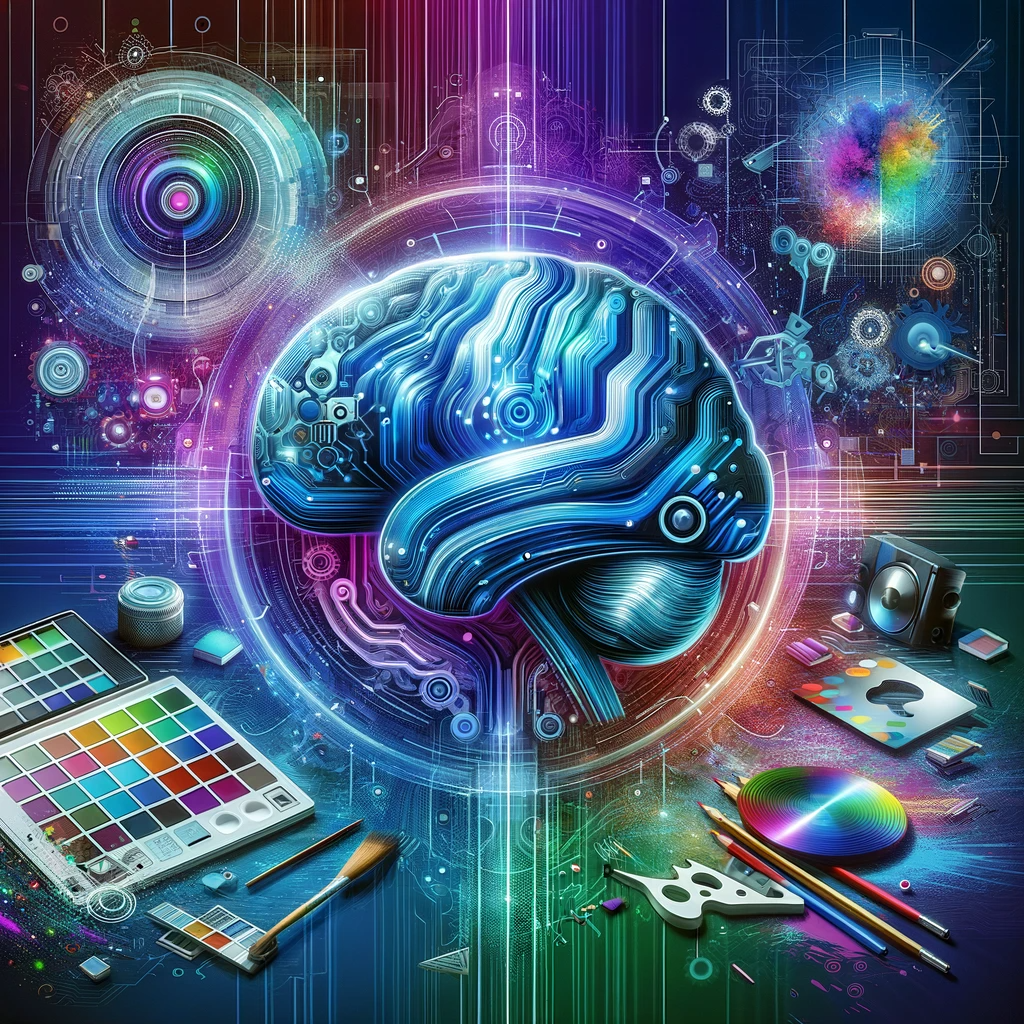The future of graphic design is being reshaped by the integration of artificial intelligence (AI), heralding a new era for creatives and businesses alike. AI-powered image creation tools are at the forefront of this transformation, offering unprecedented capabilities that promise to redefine the boundaries of design. These tools, fueled by advancements in machine learning and computational creativity, are not just augmenting the design process but are also setting the stage for a revolution in how visual content is conceived, developed, and delivered.
At the core of this transformation is the ability of AI-powered tools to generate high-quality images from textual descriptions, automate tedious design tasks, and provide personalized design suggestions. This is made possible by sophisticated algorithms that analyze vast datasets of visual content to learn and mimic various artistic styles. As a result, designers can now produce complex, visually appealing graphics in a fraction of the time it would take using traditional methods. This efficiency boost is particularly beneficial for industries requiring rapid content creation, such as marketing and advertising. Furthermore, AI’s capacity to understand and replicate specific art styles has opened new avenues for creativity, allowing designers to explore and innovate beyond their technical skills or habitual inspirations.
However, the rise of AI in graphic design also prompts a discussion about the role of creativity and skill in the profession. While some fear that AI might replace human designers, a more nuanced perspective suggests that these tools will instead serve as collaborators, enhancing the creative process rather than supplanting it. By automating routine aspects of design, professionals can dedicate more time to the creative and strategic elements of their projects. Moreover, AI tools can assist in overcoming creative blocks by offering novel ideas and perspectives, thus enriching the design process. The ability of AI to handle large-scale projects efficiently also means that designers can tackle more ambitious projects or refine their focus on niche areas requiring specialized knowledge.
The impact of AI on the graphic design landscape extends beyond individual creatives to influence the industry’s business models and operational dynamics. Agencies and freelancers equipped with AI tools can offer more competitive services, both in terms of cost and turnaround times, thereby leveling the playing field between large firms and smaller studios. Additionally, the democratization of design through AI means that individuals and businesses without formal design training can produce professional-grade visuals, potentially expanding the market for design services while also raising questions about the value of professional expertise.
As we look to the future, the ongoing development of AI in graphic design promises even more sophisticated tools, with capabilities ranging from generating dynamic content that adapts to its viewing context to creating immersive, interactive designs that blend seamlessly with virtual and augmented reality experiences. These advancements will likely spur further innovation in related fields, such as web design, animation, and game development, ultimately contributing to a richer, more diverse digital landscape.
In conclusion, the emergence of AI-powered image creation tools represents a pivotal moment in the evolution of graphic design. By enhancing efficiency, fostering creativity, and democratizing design capabilities, AI is not only changing how designs are made but also expanding the possibilities of what can be designed. As the technology continues to mature, the challenge for designers and industry stakeholders will be to navigate this new terrain thoughtfully, balancing the benefits of AI with a commitment to maintaining the human touch that lies at the heart of creative expression. The future of graphic design, therefore, appears not as a replacement of human creativity but as an augmented collaboration between human and machine, opening new horizons for what we can imagine and create.
